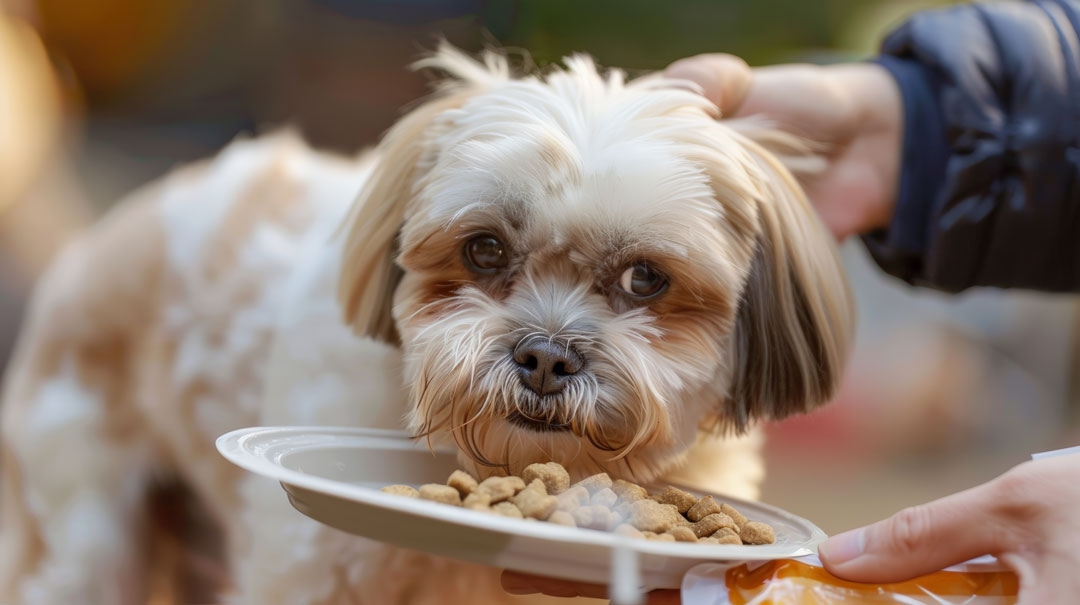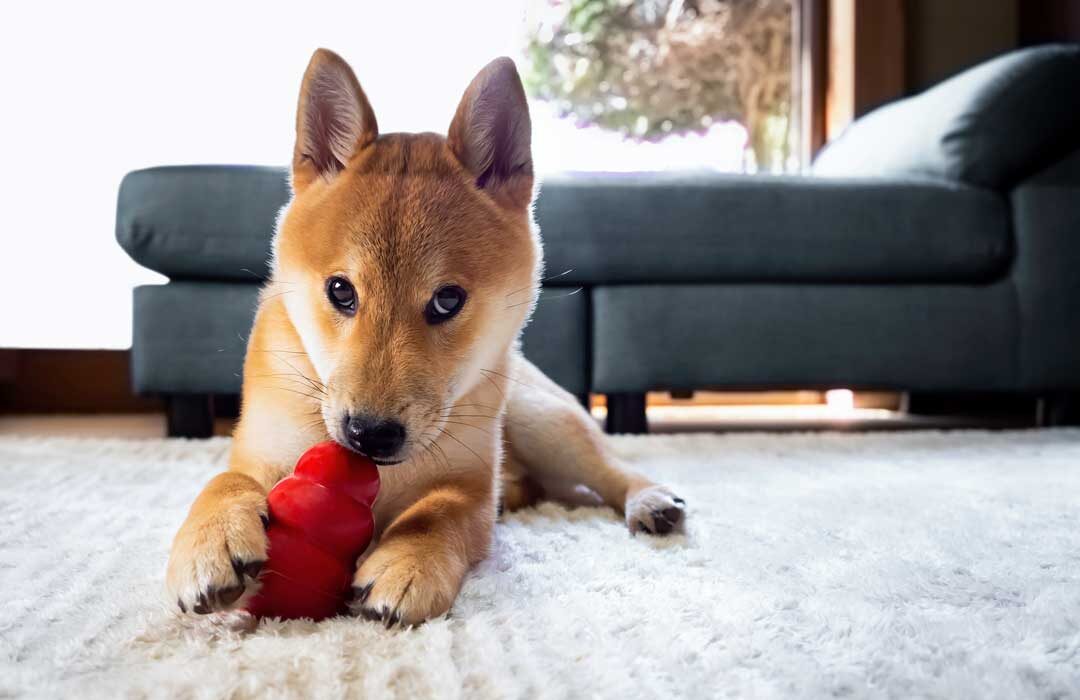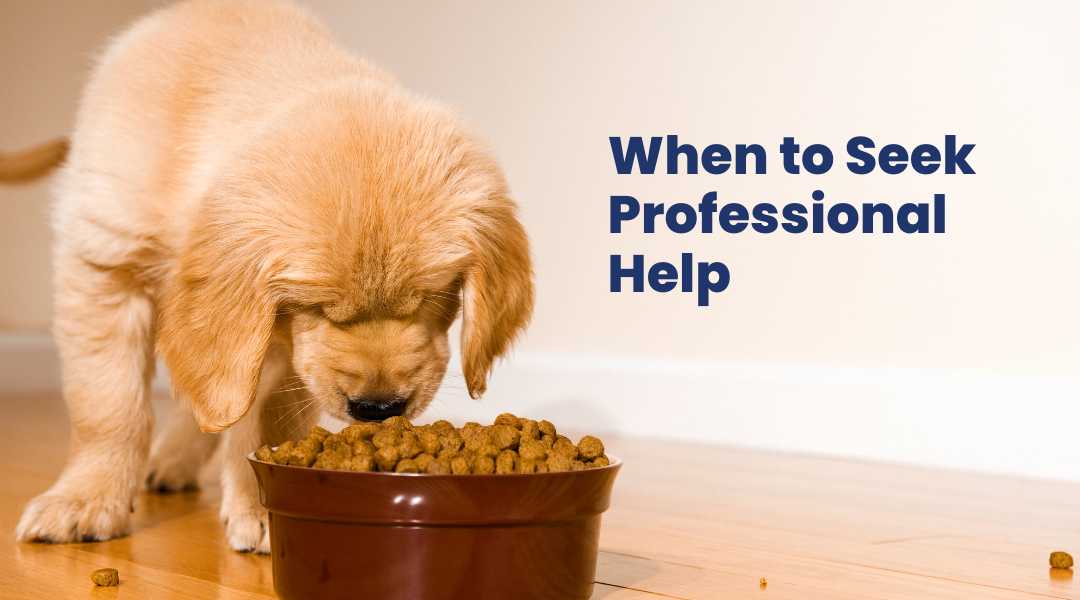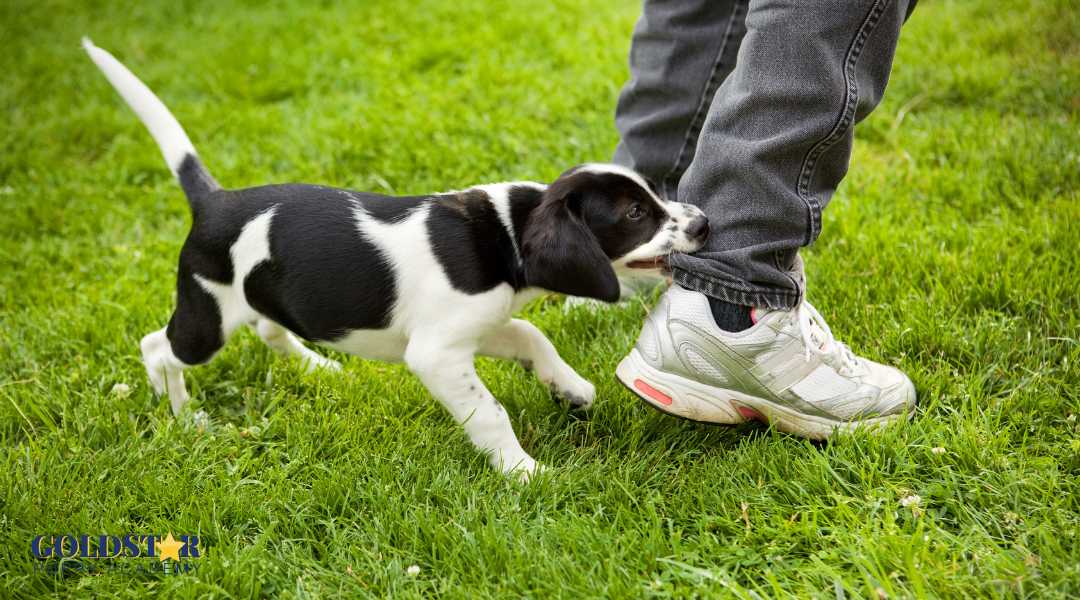Resource guarding is a behavior in which dogs feel the need to protect their possessions, such as food, toys, or even spaces. While it is a natural instinct, allowing it to go unchecked can lead to aggressive tendencies as your puppy ages. Fortunately, resource guarding can be prevented and even corrected with the right approach. In this guide, we’ll discuss proven strategies to prevent resource guarding and help your puppy feel secure, confident, and trusting.
What Is Resource Guarding and Why Does It Happen?
Resource guarding occurs when a dog or puppy becomes defensive over things they perceive as valuable. This behavior is commonly seen with food but can extend to toys, bedding, or even certain people.
Common signs of resource guarding include:
- Growling, snarling, or baring teeth when someone approaches food or toys
- Snapping or biting to protect their “valuables”
- Freezing or stiffening their posture when someone gets too close to a guarded item
Resource guarding often stems from fear, insecurity, or competition, especially in multi-pet households. If your puppy feels threatened, they may become defensive in protecting their possessions.

Outdated Methods That Can Worsen Resource Guarding
A common outdated piece of advice suggests sticking your hand in a puppy’s food bowl while they eat. While this may seem like a good way to teach your puppy to tolerate human presence during meals, it can actually create anxiety around food, leading to defensive or guarding behavior that wasn’t initially present.
Imagine this scenario: You’re eating your favorite meal, and someone interrupts by touching your food. How would you react? Your puppy feels the same way when you invade their space during meals.
Proven Methods to Prevent Resource Guarding in Puppies
Preventing resource guarding doesn’t require invasive techniques. In fact, fostering a calm, secure environment where your puppy associates human interaction with positive experiences is key. Read some effective strategies below.
Feed Your Puppy in a Safe, Enclosed Space
Feeding your puppy in a designated area, such as a crate or exercise pen, allows them to feel safe and secure. The enclosed space removes the need for them to feel defensive or threatened by distractions.
Why it works: By creating a consistent routine in a peaceful environment, your puppy learns that their meal is protected and they don’t need to worry about interruptions.
Use Positive Reinforcement During Mealtime
Using positive reinforcement techniques can help prevent guarding by creating a positive association with humans being around during meals.
How to do it: While your puppy is eating, walk by and drop a high-value treat, such as a piece of chicken, into their bowl. This teaches your puppy that your presence around food leads to something rewarding, reducing the likelihood of guarding.
Pro Tip: Gradually approach closer while they eat to normalize your presence. If your puppy associates you with positive reinforcement, they’re less likely to display guarding behaviors.
Avoid Punishing or Taking Away Items Forcefully
Punishing your puppy for growling or guarding can exacerbate anxiety and make the behavior worse. Similarly, forcefully taking items from them can trigger defensive reactions. Instead, focus on trading or exchanging items for something of higher value.
How to do it: If your puppy is guarding a toy or treat, offer them a higher-value treat or toy in exchange. This teaches them that giving up one item leads to a better reward, rather than having their possession forcefully removed.

How to Identify the Early Signs of Resource Guarding
Early signs of resource guarding can be subtle but should not be ignored.Watch for behaviors like:
- Stiffening or freezing when someone approaches their food or toys
- Fast eating or hoarding behavior during meals
- Low growls or quick nips if disturbed during play or mealtime
If you notice these signs, early intervention with positive reinforcement and professional training can help curb the behavior before it escalates.
Advanced Tips to Prevent Resource Guarding
Once your puppy is accustomed to these basic prevention techniques, you can expand their training to prevent resource guarding from developing further. Read some effective strategies below.
Practice the “Leave It” Command
The “leave it” command is essential in teaching your puppy to relinquish items without anxiety. Start training with low-value objects and gradually increase the difficulty as your puppy masters the command.
Pro Tip: Consistently rewarding your puppy for complying with the “leave it” command reinforces positive associations with letting go of valuable items.
Encourage Socialization and Cooperative Play
Helping your puppy feel comfortable around other pets and people can reduce the likelihood of guarding behaviors. Engage your puppy in cooperative play, such as fetch or tug-of-war, where it learns to share toys and enjoys the interaction.

Building Trust to Prevent Resource Guarding
Preventing resource guarding in puppies is all about building trust and positive associations. By using positive reinforcement, feeding in a safe space, and avoiding forceful actions, you can help your puppy feel secure and confident. Early intervention and consistent training will ensure that your puppy grows into a well-mannered adult dog, free from guarding behaviors.
If your puppy is already exhibiting strong signs of resource guarding, such as growling, biting, or stiffening when approached, it’s important to seek the help of a certified dog trainer. A professional can provide targeted strategies and behavior modification plans tailored to your puppy’s needs.
Need Further Support?
If you need further support, Goldstar Puppy Academy offers expert guidance to help you and your puppy succeed.

